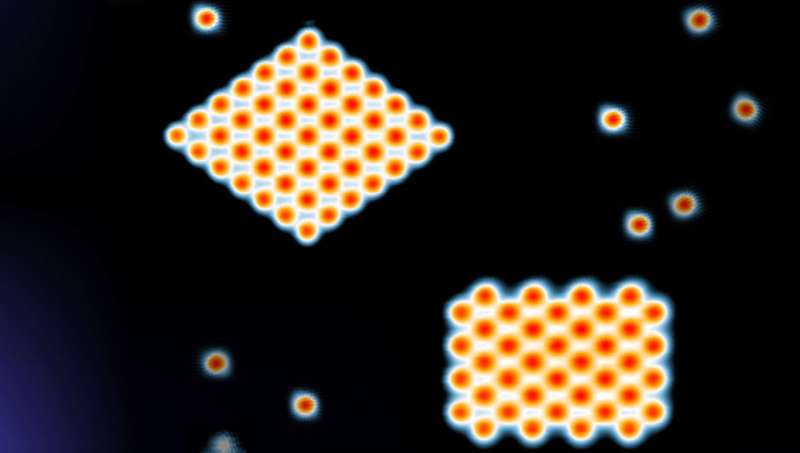Cutting-edge quantum research explores new superconductors as “ideal diamagnets” with zero resistance, holding potential for quantum computing applications.

What will characterise the computer of the future? How will its functionality operate? Addressing these inquiries serves as a significant catalyst for fundamental physical research. Numerous potential scenarios exist, from advancing classical electronics to exploring neuromorphic computing and quantum computers.
Researchers at the University of Zurich have achieved a remarkable feat by meticulously designing superconductors, atom by atom, leading to the creation of previously unexplored states of matter. The researchers have put more effort into pursuing new quantum materials that unlock these effects and employ cutting-edge equipment.
A novel approach to superconductivity
The researchers made the required materials, creating them atom by atom. Their primary focus lies on pioneering types of superconductors, which hold special fascination because they exhibit zero electrical resistance at low temperatures. Often dubbed “ideal diamagnets,” these superconductors have extensive application in quantum computers due to their exceptional interactions with magnetic fields. While theoretical physicists have devoted years to studying and predicting various superconducting states, the researchers point out that only a limited subset has been definitively demonstrated in actual materials.
Two new types of superconductivity
Employing a scanning tunnelling microscope, they achieved atomic precision in manipulating and depositing the atoms precisely where needed. This advanced technique was also utilised to measure the magnetic and superconductive characteristics of the system. By introducing chromium atoms onto the surface of superconducting niobium, the researchers generated two novel superconductivity forms. While similar methods have been employed in manipulating metal atoms and molecules before, this groundbreaking approach represents this technique’s first-ever successful creation of two-dimensional superconductors.
The outcomes validate the theoretical predictions of the physicists and ignite speculation about the potential creation of other novel states of matter through this method. This exciting development opens avenues for exploring how these newfound states could be harnessed in future quantum computers.
Reference: Martina O. Soldini et al, Two-dimensional Shiba lattices as a possible platform for crystalline topological superconductivity, Nature Physics (2023). DOI: 10.1038/s41567-023-02104-5





